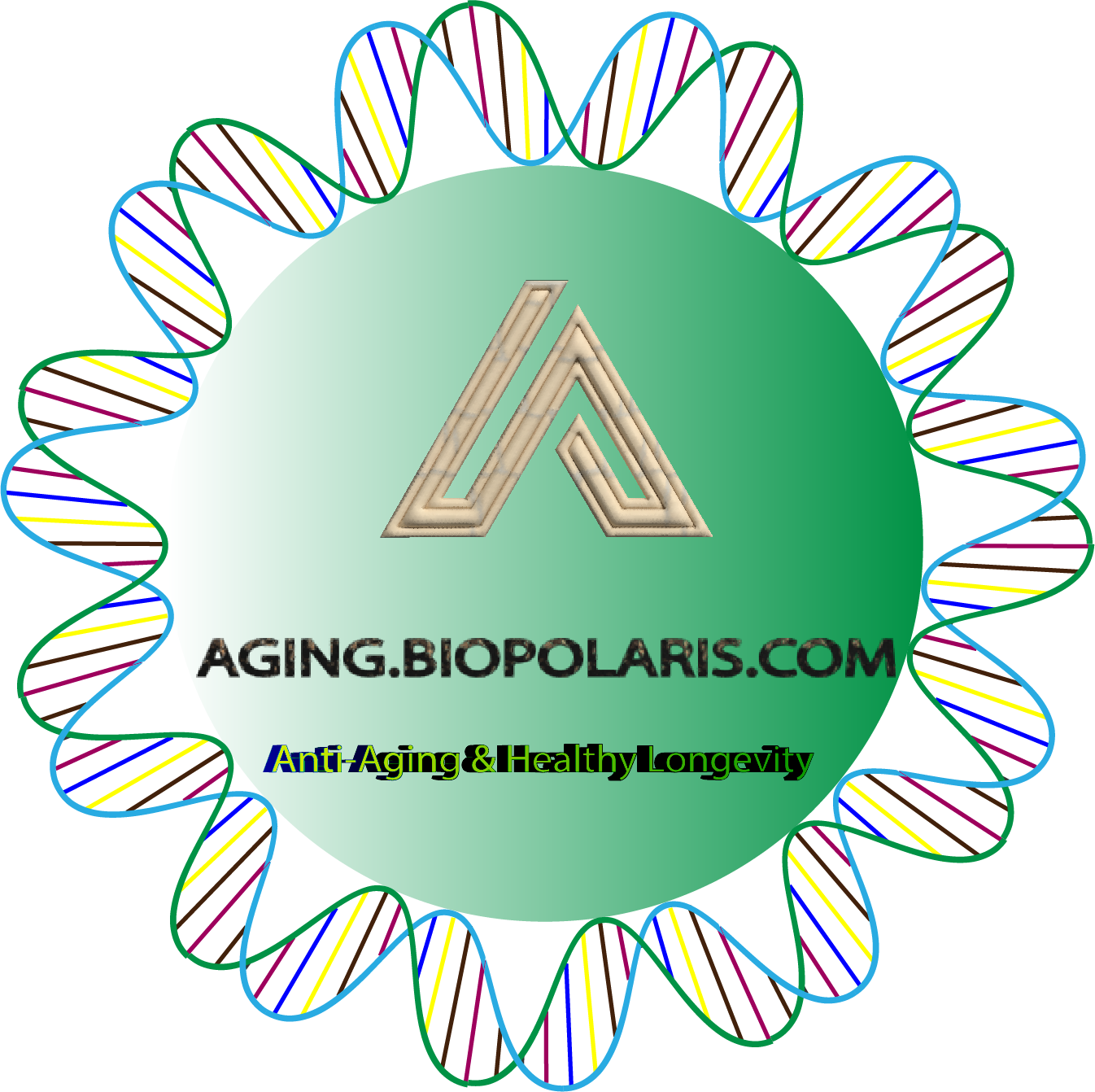Aggregator
Daily briefing: Deliberate fearmongering spread like a virus through revolutionary France
Even dinosaurs weren’t safe from this giant croc-like predator
Unraveling the arc of vaccine progress
Science, Volume 389, Issue 6763, August 2025.
Secondary organic aerosol in urban China: A distinct chemical regime for air pollution studies
Science, Volume 389, Issue 6763, August 2025.
A hypoxia-responsive tRNA-derived small RNA confers renal protection through RNA autophagy
Science, Volume 389, Issue 6763, August 2025.
Septal LYVE1+ macrophages control adipocyte stem cell adipogenic potential
Science, Volume 389, Issue 6763, August 2025.
Heavily polluted Tijuana River drives regional air quality crisis
Science, Volume 389, Issue 6763, August 2025.
Somatotopic organization of brainstem analgesic circuitry
Science, Volume 389, Issue 6763, August 2025.
Transcription factors SP5 and SP8 drive primary cilia formation in mammalian embryos
Science, Volume 389, Issue 6763, August 2025.
Machine learning–based penetrance of genetic variants
Science, Volume 389, Issue 6763, August 2025.
Beer lovers fall into two flavour camps — which one are you in?
This deep-sea worm creates a toxic yellow pigment found in Rembrandt and Cézanne paintings
Author Correction: Endophilin marks and controls a clathrin-independent endocytic pathway
Unlocking longevity through the comparative biology of aging
In Science Journals
Science, Volume 389, Issue 6763, Page 890-892, August 2025.
Supply-chain vulnerabilities in critical medicines: A persistent risk to pharmaceutical security
Science, Volume 389, Issue 6763, Page 886-888, August 2025.
Taking nuclear energy to the Moon
Science, Volume 389, Issue 6763, Page 859-859, August 2025.
Bones beneath the runway
Science, Volume 389, Issue 6763, Page 870-873, August 2025.
Europe’s biggest quake may foretell Atlantic ‘ring of fire’
Science, Volume 389, Issue 6763, Page 868-869, August 2025.
New clues found about the assembly of life’s first proteins
Science, Volume 389, Issue 6763, Page 866-867, August 2025.
